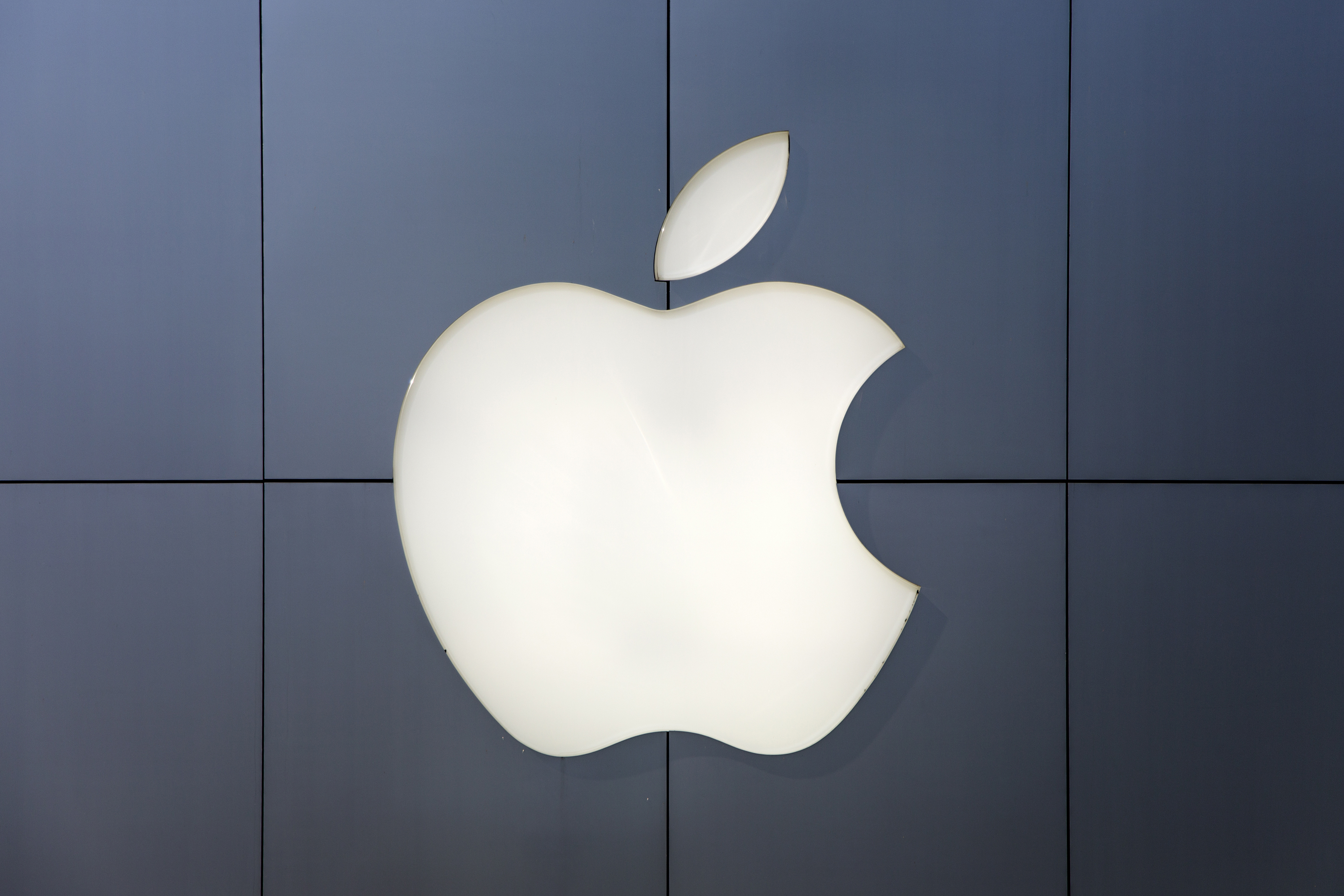What's next for Apple?

Kauri Asset Management

Since unveiling its fiscal third-quarter results in late July, Apple shares have soared higher, gaining more than 30%. The company’s record results were illustrative of the business’ sheer fortitude and ability to not only navigate uncertain environments, but ultimately prosper from them.
No, COVID isn’t the only challenge the company has faced in recent years, even if analysts expected it would be the biggest hurdle. There was the US-China trade war that lasted for the best part of 18 months, instability in Hong Kong, Brexit, aggressive competition, plus many other internal challenges as far as product development and innovation.
Despite the many challenges, Apple has risen to the occasion at every opportunity. It has now taken the mantle of the world’s most valuable publicly-listed company. Whilst that ensures the tech giant has a direct and significant influence over the market, the company also holds an indirect sway with regards to investor sentiment. Today, Apple’s performance is as much a reflection of global consumer sentiment, supply chain dynamics, technological innovation and manufacturing prowess. For those reasons, it’s hard to argue that any single company or stock is more important than Apple.
The ultimate market mover
Now valued in excess of US$2 trillion – greater than the entire ASX combined, and then some – Apple’s gargantuan size already paints a picture as to how influential it is. However, the real influence of the stock becomes even more apparent when we consider the central role it has in shaping the Dow Jones Industrial Average.
For example, let’s look at last Friday, August 21st, where Apple shares accounted for almost 90% of the rise in the Dow Jones. The company’s share price surged by 5.2%. More importantly, however, that gain represented an increase of $24.38 per share.
Given the price-weighted methodology of the Dow Jones, where the absolute movement of each constituent’s trading price is the most important factor, Apple shares contributed 167 of the market’s 190 point increase. If we look further back, we can also establish that were it not for Apple – and a supporting hand from the likes of Microsoft (MSFT) and UnitedHealth Group (UNH) – the Dow Jones would be a long way back from where it is now.
Upcoming stock split
When Apple reported its most-recent results, the company also took the opportunity to announce a stock split. The tech giant’s shares will be the subject of a four-for-one stock split taking effect August 31st, which based on today’s closing price would suggest a revised trading price in the vicinity of US$125 per share.
The immediate impact of the stock split means that Apple’s lower nominal share price will have a diminished influence over the Dow Jones thanks to a lower representation. Instead of an 11.2% representation of the Dow, APPL shares will hold a weighting of approximately 2.7%, which is roughly in the middle of the pack among the Dow 30.
It’s reasonable to assume that recent momentum in the Dow Jones may start to wane in light of the change, especially considering Apple’s remarkable performance in 2020. However, the opposite also holds true, with the Dow Jones set to be more shielded from any future weakness in the price of Apple shares.
Apple’s true influence continues to grow
While the Dow Jones has long proved to be a barometer for global markets, we’ve previously argued that the index’s composition and methodology are effectively outdated. The bigger picture as far as the market is concerned, should be the S&P 500.
In this respect, Apple’s influence over what many consider the true benchmark of the US stock market continues to grow. If we look back at last Friday’s trading session once again, we observe that with a 7% weight of the S&P 500, Apple shares delivered a 0.36% increase in the index. This was actually higher than the index itself, which lifted by 0.34%.
Because the S&P 500 is priced according to the market capitalisation of each of its constituents, relative movements (i.e. percentage variations) are the most important factor. As such, Apple’s stock split will have no impact when it comes to the S&P 500 and the company will remain the largest benchmark constituent.
Even when everything is said and done, it’s worth remembering this is Apple’s fifth stock split. If there’s one thing we’ve learnt time and time again, not only from the company’s strong performance during challenging environments, but each of the stock splits to date, Apple has a proven record of beating expectations. Apple’s upcoming share split may prove to be yet another event that marks the beginning of a new chapter for the most important stock on the market.
2 topics

With over 15 years of experience within the financial services industry, Mike possesses an outstanding acumen and extensive insight when it comes to global equity markets and a range of financial services products.
Expertise

With over 15 years of experience within the financial services industry, Mike possesses an outstanding acumen and extensive insight when it comes to global equity markets and a range of financial services products.
